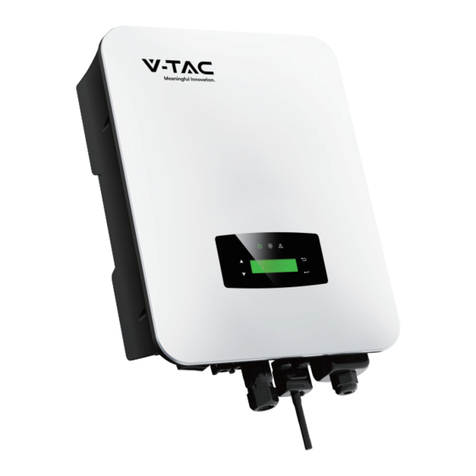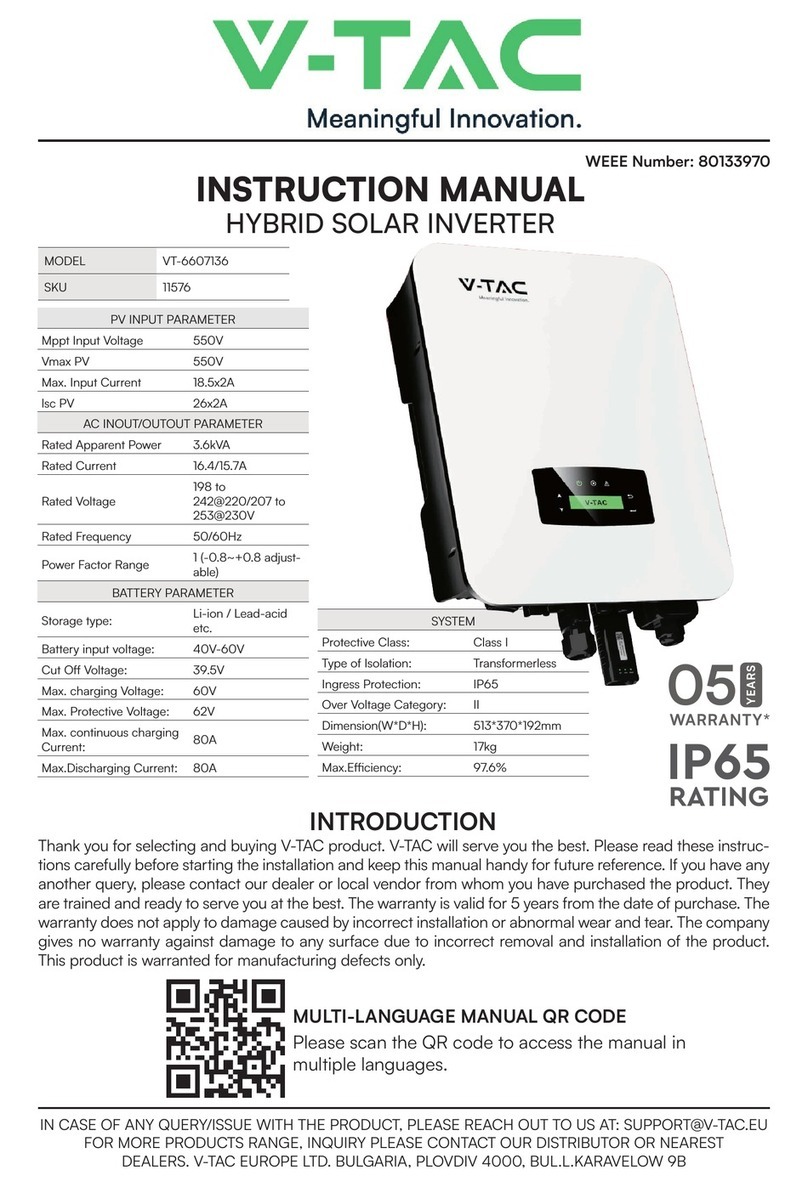V-TAC VT-6605105 User manual
Other V-TAC Inverter manuals
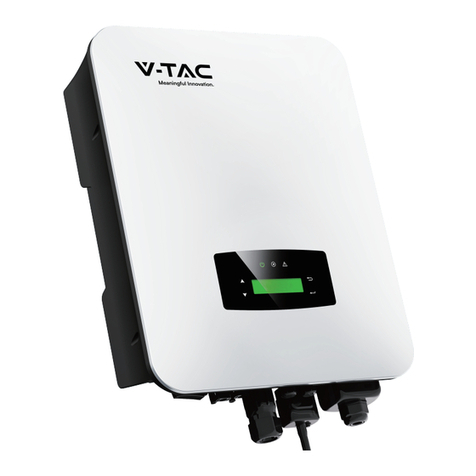
V-TAC
V-TAC AF6K-SL User manual

V-TAC
V-TAC VT-66036103 User manual

V-TAC
V-TAC VT-6607105 User manual
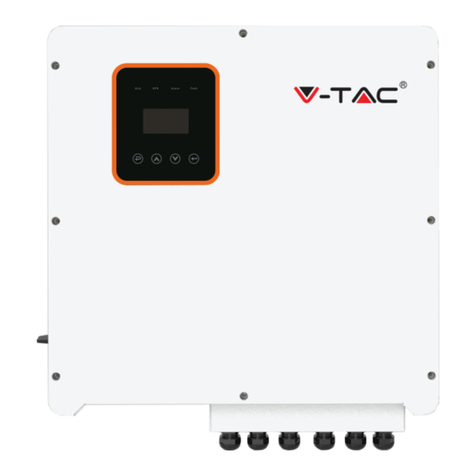
V-TAC
V-TAC VT-6608303 User manual

V-TAC
V-TAC VT-66036103 User manual
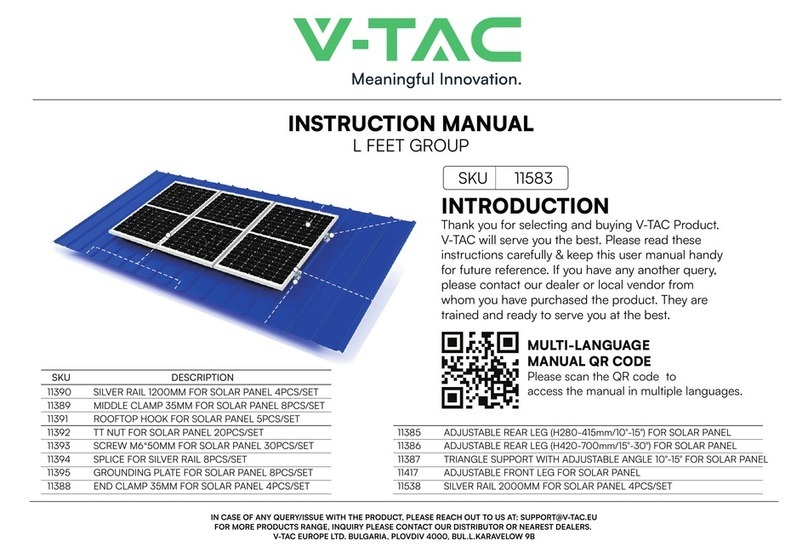
V-TAC
V-TAC 11390 User manual

V-TAC
V-TAC 80133970 User manual
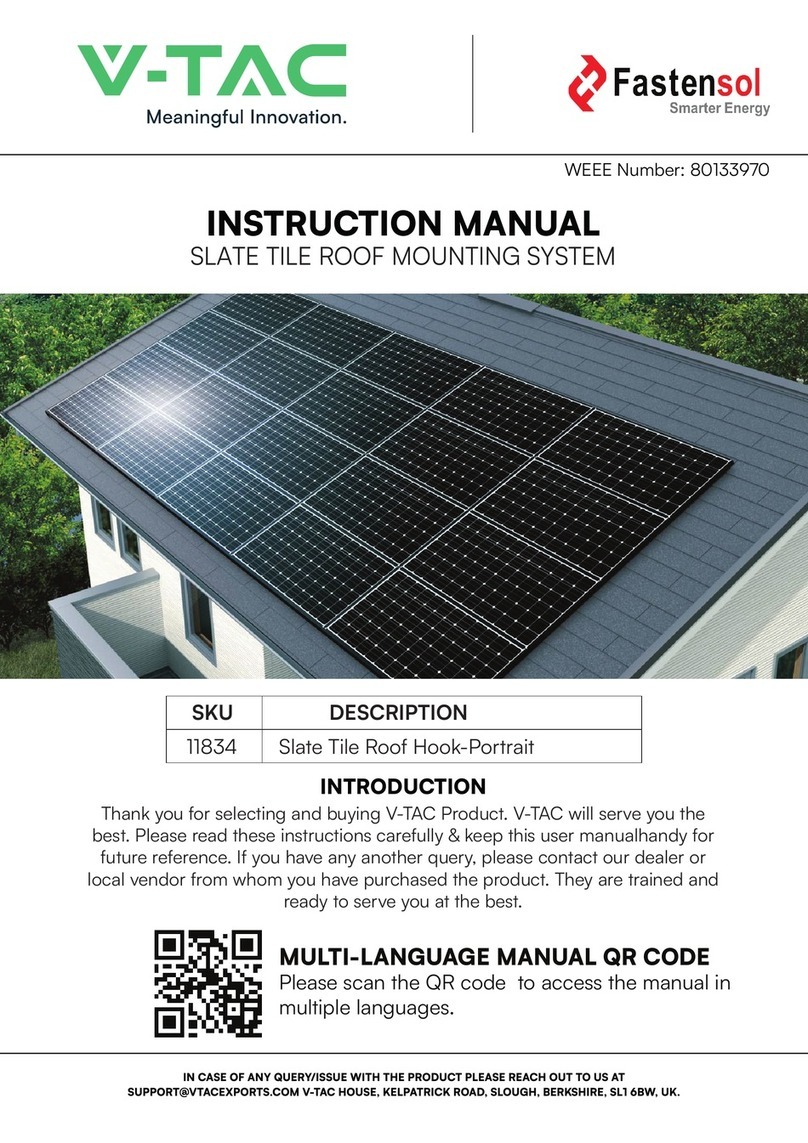
V-TAC
V-TAC 11834 User manual
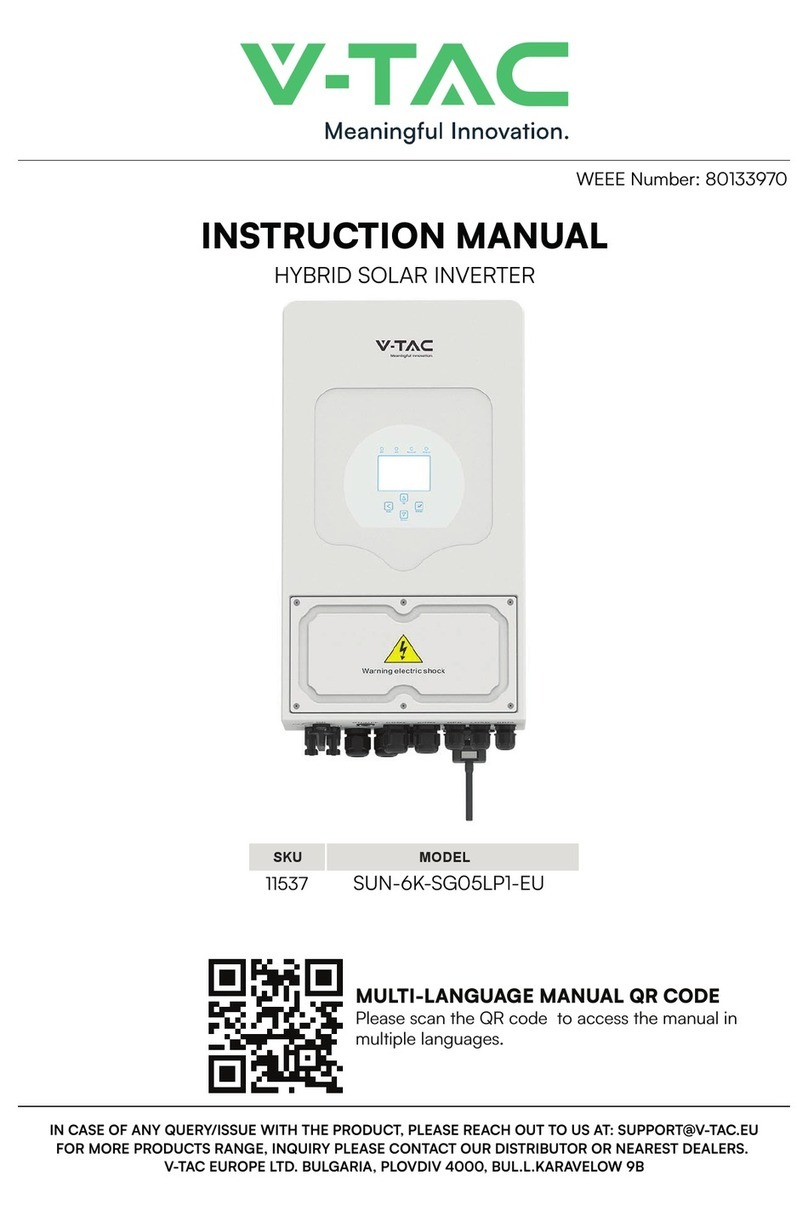
V-TAC
V-TAC SUN-6K-SG05LP1-EU User manual

V-TAC
V-TAC VT-6603105 User manual

V-TAC
V-TAC 11381 User manual
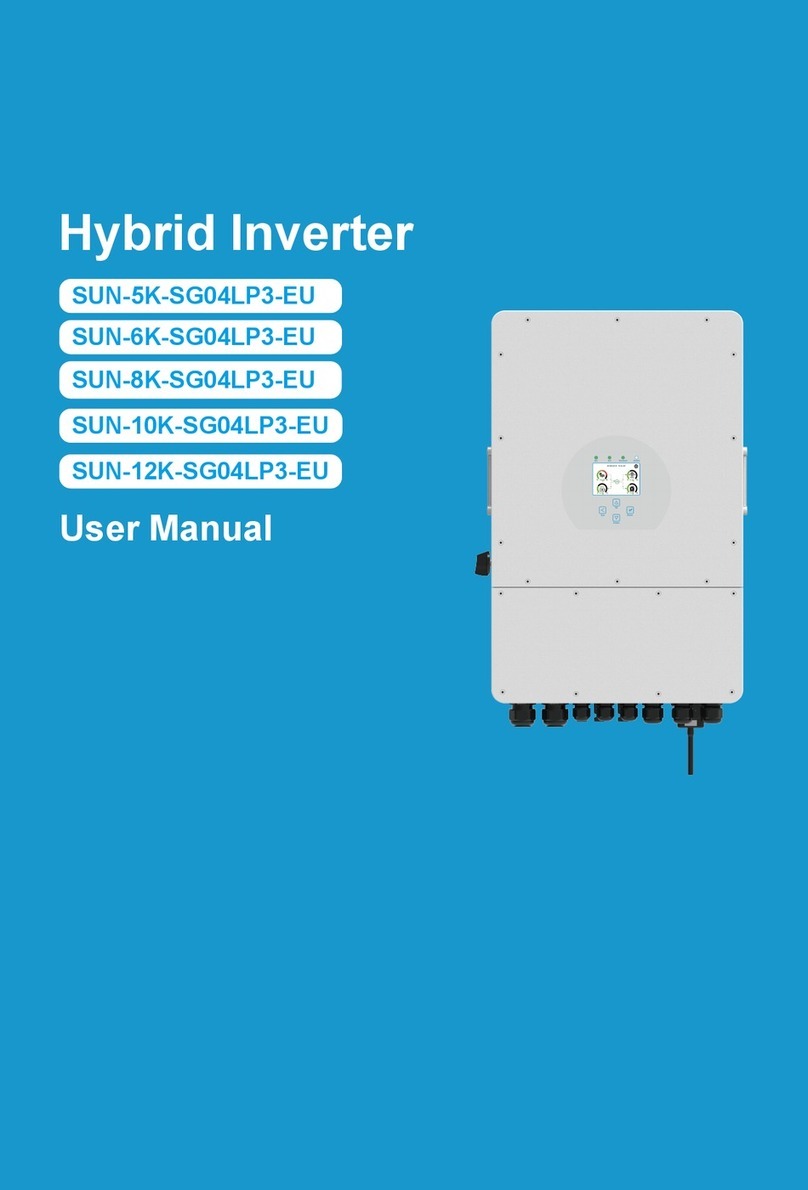
V-TAC
V-TAC SUN-5K-SG04LP3-EU User manual
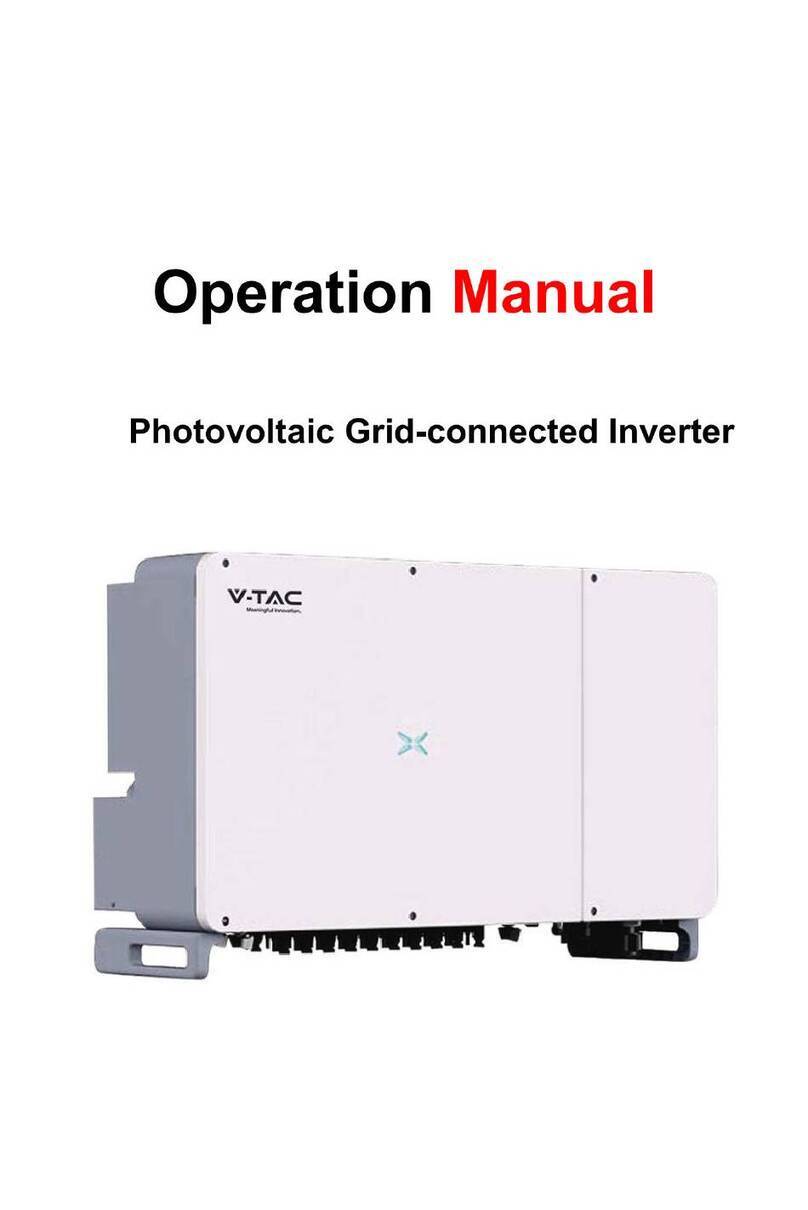
V-TAC
V-TAC iMars XG100KTR User manual

V-TAC
V-TAC Deye SUN-8K-SG01LP1-EU User manual

V-TAC
V-TAC VT-6605305 User manual

V-TAC
V-TAC VT-6607036 User manual

V-TAC
V-TAC VT-6607005 User manual
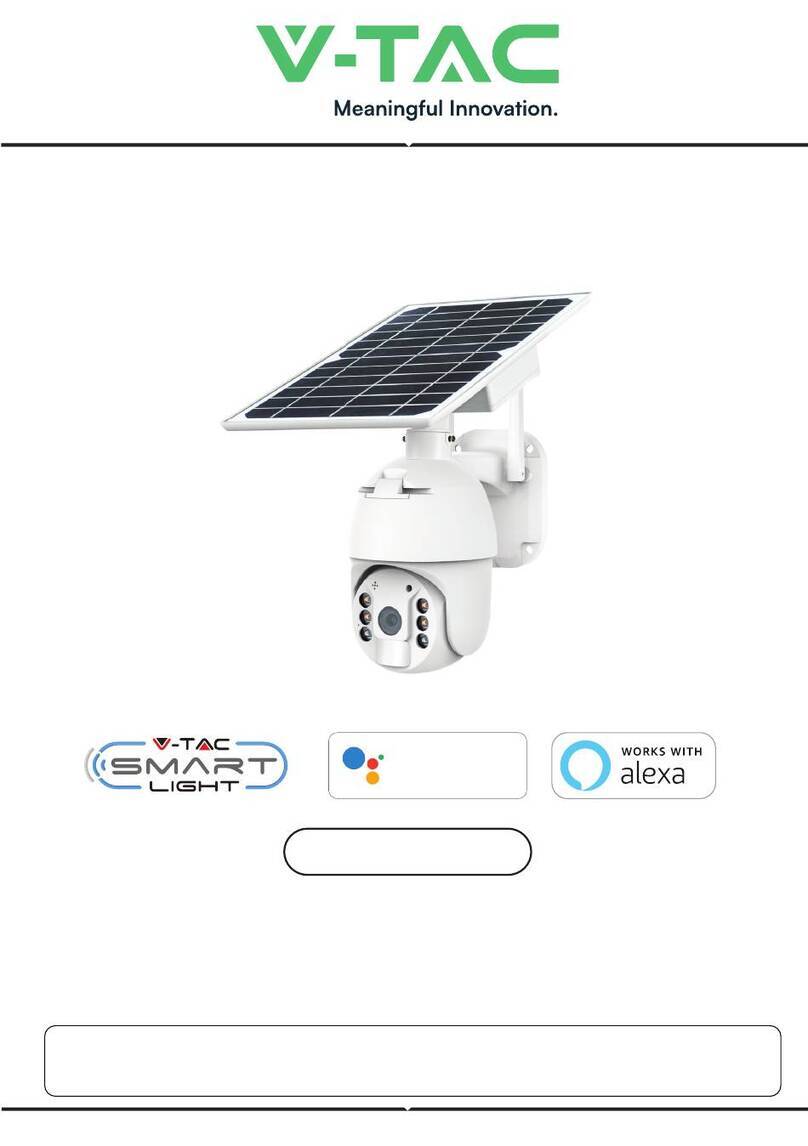
V-TAC
V-TAC VT-11024-4G User manual
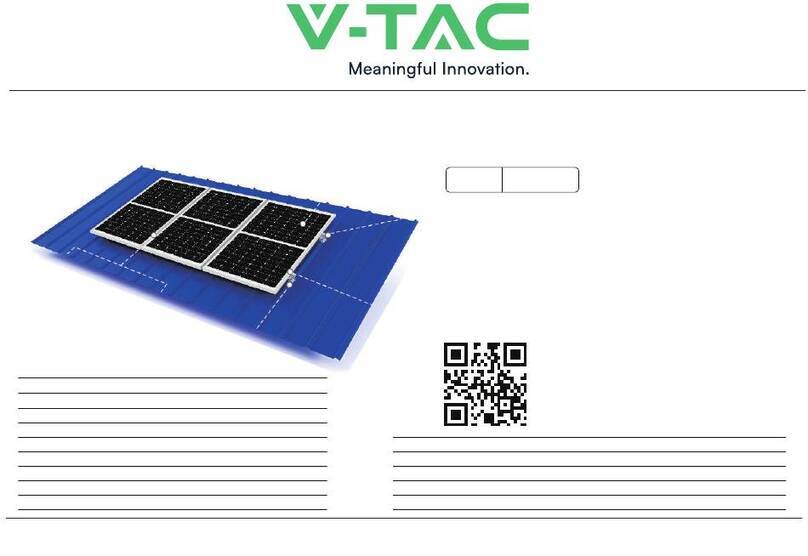
V-TAC
V-TAC 11583 User manual
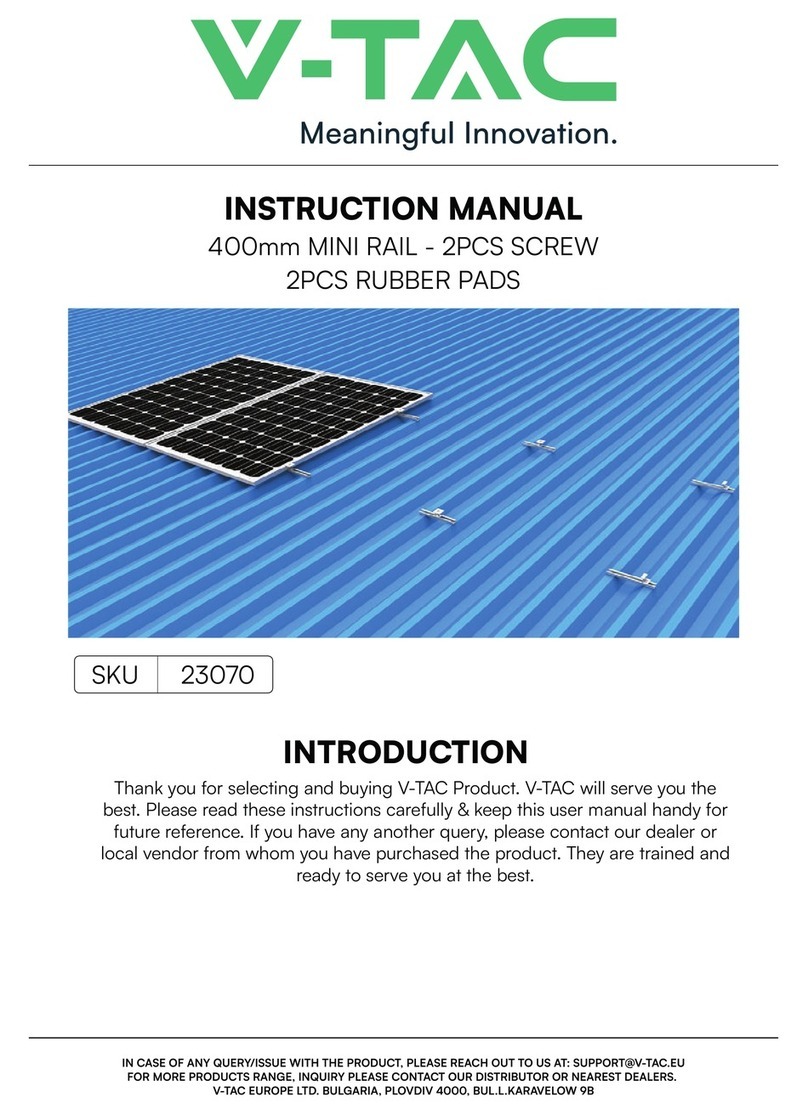
V-TAC
V-TAC 23070 User manual
Popular Inverter manuals by other brands

BARRON
BARRON EXITRONIX Tucson Micro Series installation instructions

Baumer
Baumer HUBNER TDP 0,2 Series Mounting and operating instructions

electroil
electroil ITTPD11W-RS-BC Operation and Maintenance Handbook

Silicon Solar
Silicon Solar TPS555-1230 instruction manual

Mission Critical
Mission Critical Xantrex Freedom SW-RVC owner's guide

HP
HP 3312A Operating and service manual
